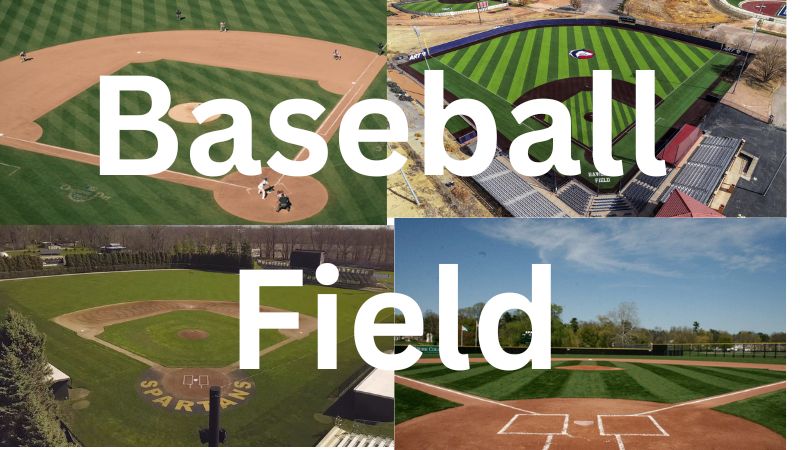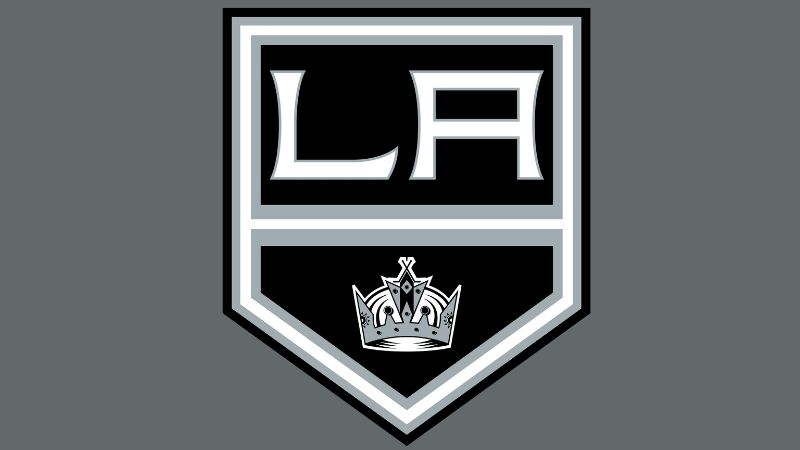Introduction
Envision an expansive verdant sprawl beneath the expansive heavens, where the resounding percussion of a bat reverberates. So, the fragrance of recently shorn grass saturates the atmosphere. One is welcomed into the realm of baseball field an embodiment of the cherished sport’s essence. Within this exhaustive scrutiny, we shall plunge into the historical chronicles, structural intricacies, spatial parameters, and captivating facets inherent to baseball fields.
History of Baseball Fields
The transformation of baseball fields is a captivating journey that spans the sport’s entire history. Emerging from modest origins on open fields, the evolution has led to the standardized layouts we now witness. So, these arenas encapsulate a narrative steeped in history, with shifts in dimensions, regulations, and field materials contributing to the shaping of the contemporary baseball field.
Key Components of a Baseball Field
Amidst the essence of every baseball arena lies the jewel – a 90-foot square adorned with strategically positioned bases. The mound of the pitcher, the infield, and the outfield engage in a harmonious ballet, crafting the ideal platform for America’s cherished pastime. Lines, marking the ball’s trajectory, weave across the field. The home plate is designated as the epicenter of activity.
A baseball field serves as the terrain for the enactment of the sport, characterized by several pivotal elements:
Diamond:
The diamond manifests as a 90-foot square featuring bases at each vertex. In professional baseball, these bases are conventionally situated 90 feet apart. While in amateur leagues, a closer proximity may be observed. These bases bear appellations of first base, second base, and third base.
Pitcher’s Mound:
The pitcher’s mound materializes as an elevated terrain at the heart of the gem, acting as the origin from which the pitcher propels the ball toward the batter. In professional baseball, this mound is typically situated 60 feet, 6 inches away from home plate.
Base Paths:
The paths of the bases delineate the routes traversed by runners between the bases, configuring a square with each side measuring 90 feet.
Infield:
The infield constitutes the domain within the gem, encompassing the pitcher’s mound, the bases, and the intervening space. But, this expanse is typically sheathed in grass or turf.
Outfield:
The outfield unveils itself as the grassy or turf-laden expanse extending beyond the gem demarcated into three segments: left field, center field, and right field.
Foul Lines:
The lines of foulness extend from home plate to the outer fence on either flank of the field. But, a batted ball landing beyond these demarcations is deemed fair. Whereas a ball settling outside this boundary is considered foul.
Home Plate:
The home plate emerges as a level, pentagonal rubber slab positioned at the convergence of the four bases. However, it serves as the batter’s box and the nexus where runners make contact to score a run.
Dugouts:
Dugouts are recess benches & where the teams reside during the match. Customarily, one is designate for the home team on one side of the field. Also, another for the visiting team on the opposing side.
Bullpen:
The bullpen designates a zone where substitute pitchers warm up before making their entry into the game. This region is typically situated beyond the outer fence.
Fences/Walls:
The outfield is frequently enclosing by a fence or wall. However, the height and span of the enclosure vary by the competitive level and the unique attributes of the ballpark.

Dimensions and Regulations
Understanding the standard dimensions of professional baseball is crucial. However, variations exist in amateur leagues, adapting to available space and resources. Exploring these differences provides insight into the adaptability of the sport across different levels.
Design and Layout Considerations
The arrangement of a baseball field is not haphazard; it undergoes a meticulous procedure that takes into account elements such as sun orientation, wind patterns, and player visibility. This detailed design guarantees an ideal playing setting, elevating the overall experience for both players and spectators.
Infield Maintenance
The decision between turf and grass for the infield extends beyond mere aesthetics – it holds sway over gameplay and upkeep. So, the practices employed in groundskeeping play a pivotal role in preserving the field’s integrity. Also, securing a safe and even playing surface.
Outfield Features
The outer expanse, bordered by fences or walls, introduces an additional dimension of intricacy to the game. Grasping how these features influence gameplay and strategy is imperative for both players and enthusiasts.
Pitcher’s Mound and Bullpen
The pitcher’s mound stands as revered terrain where victories and defeats hang in the balance. Delving into its architecture and considering the significance of the bullpen. Similarly, unveils the pivotal role these areas play in shaping the trajectory of a match.
Player Positions and Field Strategy
Positioning players strategically is an art in itself. From defensive alignments to offensive considerations, the field’s layout influences every move made on the diamond.
Notable Baseball Fields
Certain baseball fields carry historical significance or iconic status. Similarly, exploring these venues offers a glimpse into the sport’s heritage and the memorable moments etched in their grounds.
Fan Experience
The baseball field serves not only as a battleground for players but also as a platform for spectator entertainment. Similarly, amenities, seating configurations, and the overall ambiance collectively contribute to an indelible fan experience.
Challenges in Baseball Field Maintenance
Maintaining a baseball field comes with its set of challenges, particularly weather-related issues. But, discovering the techniques used to overcome these challenges highlights the dedication behind the scenes.
Advancements in Baseball Field Technology
In this age of technological innovation, even baseball fields have witnessed progress. From advancements in turf technology to sophisticated irrigation systems. Also, contemporary tools elevate the quality of play and guarantee the enduring resilience of the field.
Community Engagement and Baseball Fields
Outside of professional leagues, local communities play a crucial role in baseball. However, youth leagues and active community engagement cultivate a passion for the sport and contribute to the overall welfare of the community.
Conclusion
In summary, a baseball field transcends being merely a stretch of grass with bases. But, it evolves into a platform, and history is forged, and aspirations come to fruition. So, the meticulous attention to design, maintenance, and overarching experience solidify its position as a cornerstone in the realm of baseball.



